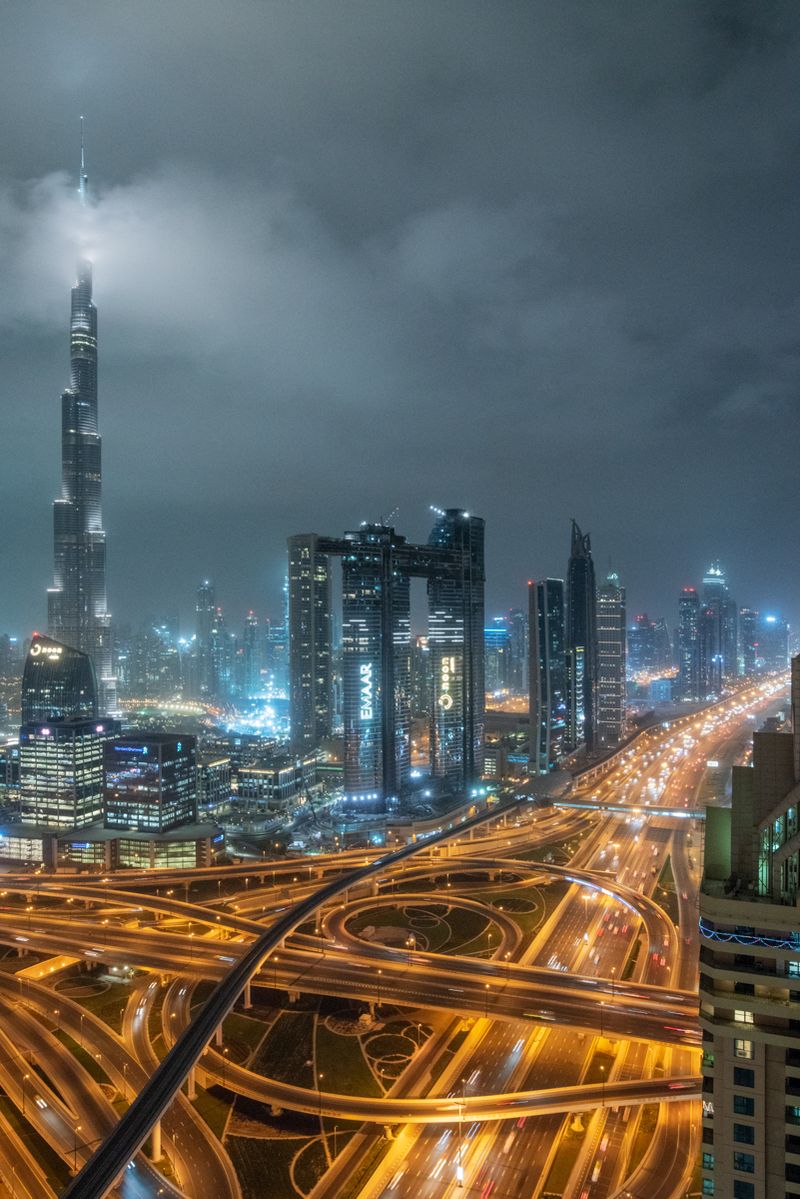Laissez-faire
-
Dates2019 - 2021
-
Author
-
Recognition
Imagine a life lived under the glow of artificial daylight, where reality is not experienced directly, but mediated through screens. Imagine a world so densely networked that all of the distinctions by which we have learned to make sense of time and place – interior and exterior, private and public, day and night – have collapsed into a single, neon-hued hallucination. Imagine the collective alienation of billions of conjoined subjects whose sole purpose is to act as vehicles for the exchange of commodities. This is the world described in Cristiano Volk’s Laissez-Faire. It may sound like a dystopian future, but it is our present.
The crosshairs within which we might focus these observations, however, are historical ones. Volk’s work takes its title from ideas that have been around since the eighteenth century. Laissez-faire capitalism has its roots in the political economist Adam Smith’s doctrine that human economic behaviour was subject to an underlying natural order which would be corrupted by any form of regulation. Left to act in their own self-interest, Smith argued, individuals and groups would naturally choose the course that would also bring maximum prosperity and happiness to society as a whole. Like nature itself, laissez faire capitalism is imagined to be a self-regulating system.
But Smith’s doctrine presupposes that such choices are made freely, and that the role of capital is to serve individual and collective needs. Rather than freedom, however, capital – and the commodity forms through which it circulates – has come to distract and intoxicate, to create unfulfillable desires, and to transform the nature of happiness itself from an existential quality into a transactional one.
The cultural dimensions of this transformation are richly expressed in the work of the German philosopher Walter Benjamin. Nearly a century ago, Benjamin wrote of the way that technology and capital combined to change the way that we perceive the world. He used the term phantasmagoria to describe the ideological transformation of reality in a commodified world, and the way that this distorted ideology is expressed in the very material of the urban environment. The city, turned dreamlike by new optical technologies, becomes a staging ground for a ceaseless flow of images. In this landscape of fantasy and desire, experience itself is saturated and seduced by the commodity form.
Just as Benjamin himself reached back to the earlier technology of the magic lantern to invoke the idea of the phantasmagoria, Volk’s photographs invoke historical ideas in order to bear witness to capitalism’s collective fantasy in the present. Benjamin’s phantasmagoria, it seems, is still part of us, entwined ever more deeply with our lives. But Volk’s photographs also hint at a deeper and more insidious entanglements. It is not just the boundaries between interior and exterior that seem to dissolve in his images, but those that set us apart from the technologies upon which we depend. The cables, nodes and networks that lock our world together resemble the veins and arteries of a collective cyborg body, where human experience – our lives, our actions, our so- called freedoms – transformed into data and harnessed for profit. The electronic life that pulses through the city is nothing more nor less than our own desires projected back at us, holding us spellbound in a beautiful nightmare.



















